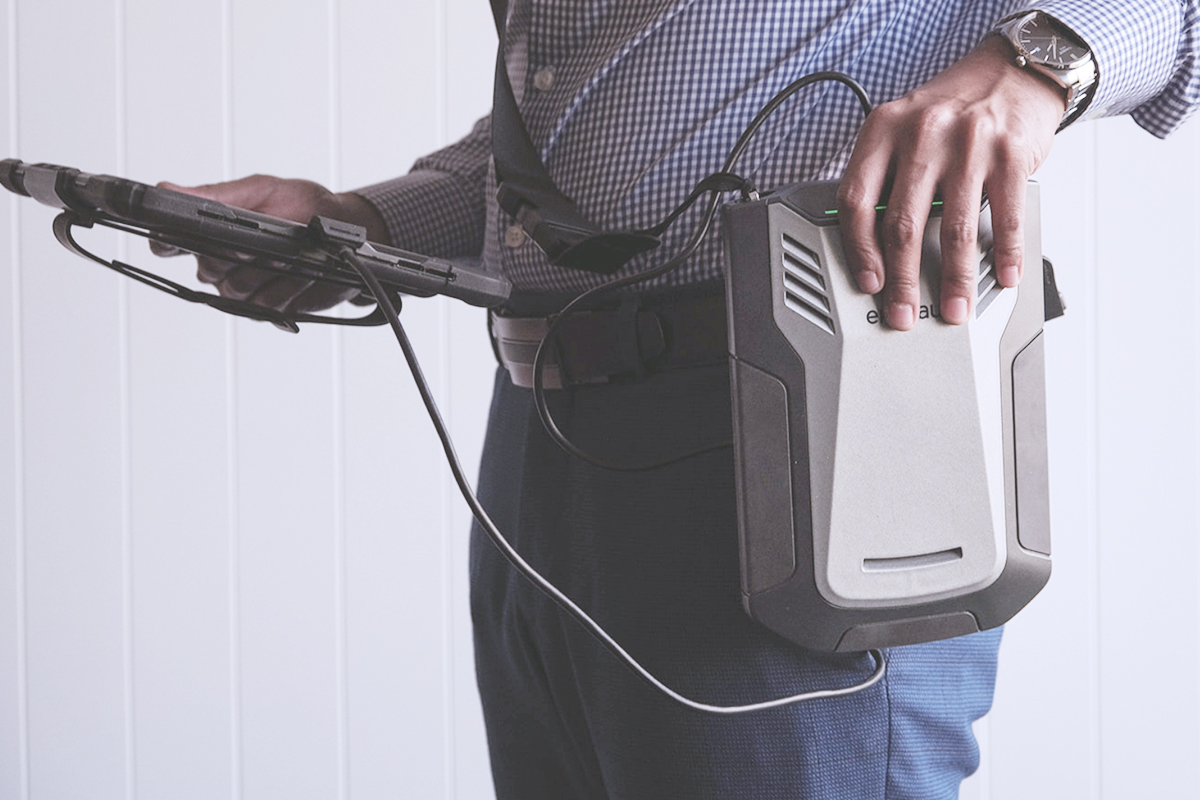Why a wi-fi audit might be the answer to your connectivity issues.
As much as we’d rather not admit it, we’ve come to rely on wi-fi connectivity as much as smart phones in our lives. In any workplace, wi-fi can be the backbone of day-to-today operations, and when it goes down it’s a huge inconvenience. A popular belief amongst some service providers is that wi-fi connection issues can easily be fixed by increasing the number of access points you have installed but we’ve found this not to be the case. Our ICT solutions experts, with the assistance of Ekahau products, conduct comprehensive audits and heatmap assessments of workplace environments to ensure that your wi-fi network is tailored, optimised and future-proofed for your organisation.
What are the factors we need to look at in a wi-fi audit?
The most important starting place for a robust wireless network is its design. Following best design practice from the get go increases reliability and general performance, can mitigate security issues and outage downtime. We run wi-fi surveys on both existing environments and predictive surveys before we set up a new environment.
1. Network Coverage
The first design requirement is to assess coverage and signal strength. By looking at all of the areas you need to have the best wireless coverage for, you can optimise the distance around your wireless access points (APs). This means you’ll have signal strength mapped out for where you need it most. To find coverage we can use heat-mapping tools to get a clear visual on where your best areas and dead-zones are.
2. Network Capacity
Capacity looks at the number of wi-fi enabled devices that can be used concurrently on a network based on the bandwidth being consumed. We can help to identify proper requirements for usage by also looking where you might need the capacity the most as well. For example you may need more in office desk areas and less in quiet areas or conference rooms where less people might be working simultaneously. It’s important to also strike a healthy balance between having enough APs and minimal interference when planning capacity.
3. Identifying Access Points
Poorly designed networks can be expensive and cause interference if you have too many APs (access points) installed unnecessarily, and too few can lead to suboptimal coverage with gaps throughout your workplace. We conduct walk-through surveys to help to identify where the best spots are to install your APs, while taking into account things like your floor plan, any HVAC installations, big furniture or signage that might impact the best locations.
4. Environmental Interference
The physical environment has a huge impact on wi-fi and how well and reliably it performs. When designing a wi-fi network, the materials, size, shape and structure used to create the physical space impact how well the Radio Frequency (or RF) signal operates. RF signals are attenuated (or reduced) differently by different materials, sometimes due to their composition or density. For example drywall (plasterboard) will attenuate signal strength far less than a solid timber door, which would let more RF through than concrete. By taking these into account in an audit, we can ensure that the APs are being placed in the best place and that the right unique network is being designed and rolled out for your environment.
With Insite managed wi-fi services we assess, design and deploy wi-fi network solutions to help improve your business productivity. Our managed wi-fi service offering includes proactive management, monitoring and maintenance support.
If you’d like information about how we can help your business with Wi-Fi or any of our other services, get in touch with us today.
